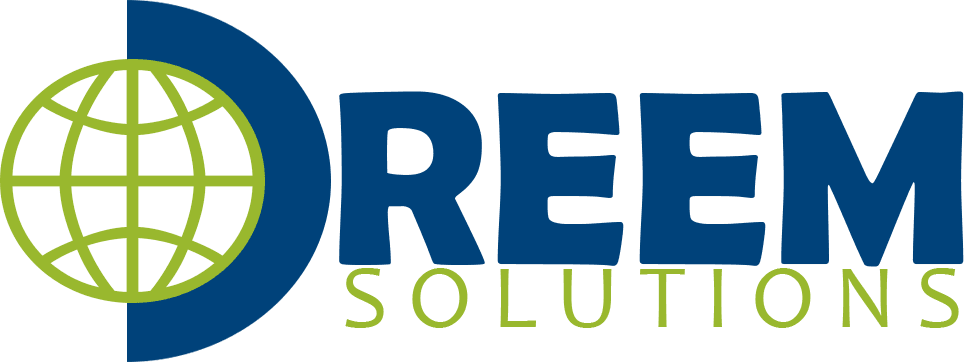The Importance of Tracking Subpart W GHG Emissions Amid EPA’s Proposed Changes to the GHGRP
DS
Understanding Subpart W GHG Emissions
Greenhouse gas (GHG) emissions have long been a critical concern in global discussions about climate change. Subpart W of the Greenhouse Gas Reporting Program (GHGRP) focuses specifically on emissions from the petroleum and natural gas systems, sectors that are significant contributors to overall GHG levels. As the world continues to grapple with climate change, tracking these emissions has never been more crucial.

EPA Proposed Changes
In eptember 2025, the U.S. Environmental Protection Agency (EPA) announced a major proposal to scale back its Greenhouse Gas Reporting Program (GHGRP), a move that could pause or even eliminate GHG reporting for many industries. While this proposal is still under review, it has already created uncertainty for operators and compliance teams across the oil and gas sector.
But one thing remains clear: tracking greenhouse gas (GHG) emissions, especially under Subpart W, is more important than ever.
Even if federal reporting obligations are delayed or suspended, emissions data remains critical for state programs, investors, and international markets that continue to demand transparency and accountability.
What’s Changing: EPA’s Proposed Revisions to the GHGRP
Under the EPA’s proposed rule:
Reporting obligations for 46 of 47 GHGRP source categories would end after the 2024 reporting year.
Subpart W (Petroleum and Natural Gas Systems) reporting would be suspended from 2025 through 2033, with obligations resuming in 2034.
The Natural Gas Distribution segment would be permanently removed from GHGRP reporting.
These changes are linked to updates in the Clean Air Act (CAA), which delayed implementation of the Methane Waste Emissions Charge (WEC) until 2034.
Although the proposal aims to reduce administrative burden, the EPA acknowledged that companies may voluntarily continue collecting and maintaining emissions data — a prudent move for any operator preparing for future regulations and stakeholder scrutiny.
Why Companies Should Continue Tracking Emissions
The potential pause in federal reporting does not eliminate the broader need for accurate, verifiable GHG data. Here are key reasons why continued tracking under Subpart W methodologies remains essential:
1. State and Regional Programs Still Depend on EPA Methodologies
Many state-level GHG programs — including those in California, Colorado, Washington, and New York — use the EPA’s Subpart W calculation methods as their technical foundation.
Companies that stop tracking emissions could struggle to meet state or local reporting requirements, losing consistency and compliance readiness.
2. Investor and Financial Market Expectations Are Not Retreating
Despite the proposed rollback, ESG-focused investors, lenders, and insurers continue to assess companies based on GHG performance.
Investors rely on verified emissions data to evaluate climate-related risks.
Creditors and insurers increasingly factor emissions intensity into financial terms.
ESG rating agencies continue to rank and compare companies on carbon transparency.
Companies that fail to track and disclose credible data risk being penalized in capital markets and losing the trust of investors and customers.
3. Global Trade and Carbon Border Policies Require Transparency
International policies such as the EU Carbon Border Adjustment Mechanism (CBAM) require exporters to demonstrate verified emissions data.
For companies engaged in global energy, LNG, or chemical trade, accurate emissions tracking under Subpart W methodologies remains a strategic necessity for maintaining market access and competitiveness.
4. Operational Insight and Risk Management
Beyond compliance, robust emissions data enables better decision-making:
- Detecting leaks and inefficiencies in real time
- Establishing reliable baselines for emission reduction targets
- Supporting internal sustainability initiatives and performance tracking
- Maintaining credibility with communities, partners, and regulators
- Strong data governance today ensures auditability and readiness for the next phase of climate regulation.

Lessons from the 2024 Subpart W Updates
Before the 2025 proposal, the EPA had already finalized major updates to Subpart W to improve accuracy and transparency. These included:
Adding new source categories (e.g., produced water tanks, crankcase vents, large release events)
Requiring more direct measurement where feasible
Aligning data requirements with other EPA programs such as NSPS OOOOb
These updates represent best practices for emissions tracking — and many organizations are continuing to use them as their standard, even if federal reporting pauses.
The Path Forward: Stay Ready, Stay Accountable
Companies that continue tracking emissions will be better positioned for the future, both operationally and reputationally. Best practices include:
Maintaining Subpart W-based monitoring and data management systems even if reporting pauses.
Implementing third-party verification and audit trails to preserve data credibility.
Monitoring state, regional, and investor disclosure requirements to stay ahead of emerging rules.
Participating in the EPA’s public comment process to ensure industry perspectives are represented.
The EPA’s proposal may shift compliance timelines, but it doesn’t change the direction of the market. Transparency, consistency, and data-driven accountability remain key to competitiveness in the evolving energy landscape.

Environmental and Social Impact
Beyond compliance and operational benefits, tracking GHG emissions has broader environmental and social implications. Accurate emissions reporting can help mitigate the impact of climate change by reducing harmful pollutants. It contributes to global efforts to limit temperature rise and protect natural ecosystems.
Building Trust with Stakeholders
Today's consumers and investors are increasingly environmentally conscious. Companies that actively track and reduce their emissions can enhance their brand image and build trust with stakeholders. Transparency in emissions data demonstrates a commitment to sustainability, which can translate into competitive advantages.

Conclusion: The Path Forward
While the proposed rollback of the GHGRP might seem to ease regulatory pressure, it does not diminish the importance of GHG emissions tracking. From investor confidence to state-level compliance and international trade, the demand for accurate emissions data is stronger than ever.
Companies that continue to measure, verify, and manage their emissions data today will gain a long-term advantage — staying compliant, resilient, and trusted in an increasingly transparent global market.
About DREEM Solutions
DREEM Solutions provides cloud-based environmental compliance and emissions management software designed to simplify GHG tracking, streamline data collection, and ensure readiness for evolving regulatory and ESG reporting requirements.
